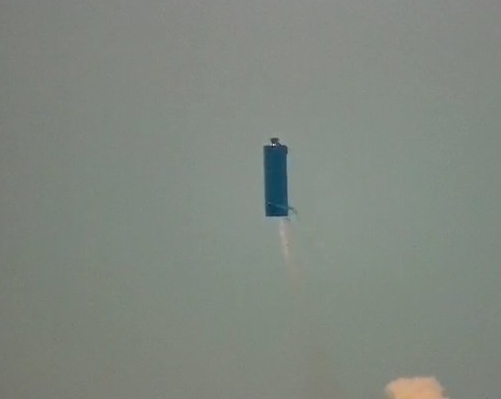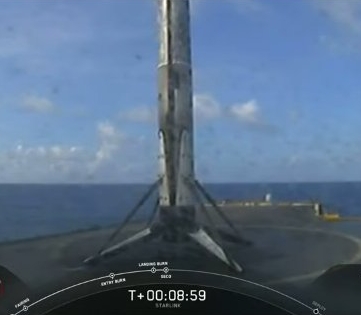SpaceX raises Falcon Heavy launch price for U.S. military
Capitalism in space: It now appears that SpaceX has significantly raised the price it is charging the U.S. military for its Falcon Heavy rocket
In winning the military’s new long term launch contracts, awarded to both SpaceX and ULA through 2026, SpaceX apparently doubled the Falcon Heavy price.
In 2018 he said the rocket would cost no more than $150 million to loft heavy payloads into orbit. But the award SpaceX received for a single mission in the first year of Phase Two was $316 million. That’s quite an increase.
The article is clearly one of those industry hit pieces against SpaceX. At the same time, I completely accept what it has found to be true. SpaceX no longer needs to undercut ULA by gigantic amounts to gain military contracts. Moreover, since the military decided to restrict bidding for all launches for the next five years to just these two companies, SpaceX has no reason to offer the same low prices it has in the past. All it needs to do is undercut ULA’s high prices by a little, and get the deal.
In a sense, it isn’t SpaceX’s fault the military will now have to pay so much. Blame our vaunted military bureaucracy, which choose to limit the competition to just two companies for the next five years. They are getting what they wanted, even if it ends up screwing the taxpayer.
Capitalism in space: It now appears that SpaceX has significantly raised the price it is charging the U.S. military for its Falcon Heavy rocket
In winning the military’s new long term launch contracts, awarded to both SpaceX and ULA through 2026, SpaceX apparently doubled the Falcon Heavy price.
In 2018 he said the rocket would cost no more than $150 million to loft heavy payloads into orbit. But the award SpaceX received for a single mission in the first year of Phase Two was $316 million. That’s quite an increase.
The article is clearly one of those industry hit pieces against SpaceX. At the same time, I completely accept what it has found to be true. SpaceX no longer needs to undercut ULA by gigantic amounts to gain military contracts. Moreover, since the military decided to restrict bidding for all launches for the next five years to just these two companies, SpaceX has no reason to offer the same low prices it has in the past. All it needs to do is undercut ULA’s high prices by a little, and get the deal.
In a sense, it isn’t SpaceX’s fault the military will now have to pay so much. Blame our vaunted military bureaucracy, which choose to limit the competition to just two companies for the next five years. They are getting what they wanted, even if it ends up screwing the taxpayer.


